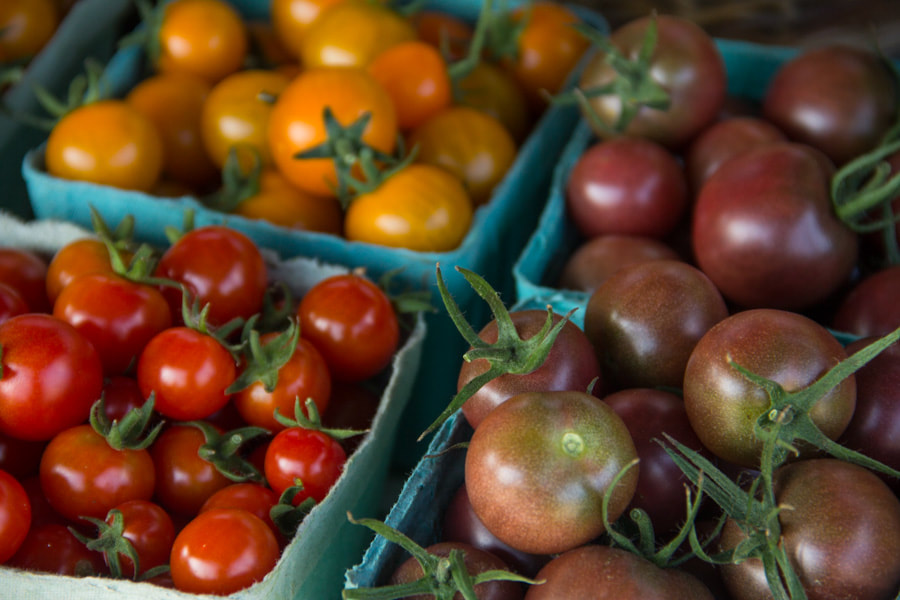|
Right on schedule, we received our first frost of the season on Thursday evening. This frost brings an end to the summer crops as their leaves curl and brown and they stop ripening fruit. But now we have plenty of fall vegetables to enjoy! With the first frost brings the mad dash of harvesting all the winter squashes and pumpkins, before we get more frost and it damages their storage ability. This are the first of the Delicata Squash I harvested this weekend, with more of these still to harvest. Then, I will be on the harvesting the Acorn, Red Kuri, and Butternut squash. Ian was busy digging potatoes, which have been plentiful this year, so you can expect some for the rest of the season. This weekend, I attended a workshop titled 'The Dirt on Soil', to learn more about building rich soil in an organic manner. I think one of the key components that sets small scale organic agriculture apart from conventional agriculture is the focus on soil regeneration. Since the advent of synthetic fertilizers, conventional agriculture has taken a reductionist approach to nutrient management, with the application of NPK (nitrogen, potassium, phosphorous) fertilizers. These fertilizers will promote strong plant growth and greater yields in the short term, but with serious long term implications. Conventional health care has taken a similar approach, with each year or decade bringing the new, hot vitamin. Vitamin C! Vitamin D!.... But, this reductionist approach of supplementing with individual nutrients ignores the complex and symbiotic nature of living things. In both soil and the human body, when we supplement with individual nutrients, we risk throwing the whole system out of balance. One important aspect of the soil food web is the bacteria and fungi. These microscopic organisms play a variety of roles, including breaking down plant and animal residues, protecting plants from nefarious pests, and adding nitrogen to the soil as they die. In organic agriculture, the health of your soil is largely dependent on the quantity and type of bacteria and fungi present in the soil. An interesting fact I learned at the workshop is that conventional, synthetic fertilizers will kill 70% of the bacteria present in the soil. And, to make matters worse, the 30% of bacteria that survive are typically the 'bad' bacteria that cause crop disease or even human disease. So essentially, conventional fertilizers are sterilizing the soil and allowing bad bacteria the perfect breeding ground to cause major crop failures. It then becomes a vicious circle of chemical fertilization followed by usage of pesticides and fungicides to mitigate the high levels of disease and pests caused by the fertilization. So what can farmers using an organic approach do? To start, we can build the soil using biologically active and gentle means. For us, this means using cover crops (crops that are grown specifically to be worked into the soil, thereby adding nitrogen and promoting biological activity), adding organic compost and manure, practicing crop rotation (never growing the same crop in the same spot for several years), and adding amendments like kelp powder or green sand to address specific nutrient deficiencies. Additionally, we can work the soil as minimally as possible. Every pass of a tractor, rototiller, shovel, or even feet, can compact the soil or disturb the microscopic soil life. By minimizing these, we can promote an ideal environment for the bacteria, fungi, earthworms, and other soil creatures. We still have work to do to regenerate our fields and we are looking forward to trying some new practices next year. Weekly Share Contents Potatoes Red Onions Leeks Celery Kale Beets OR ..... (not yet sure) Peppers Garlic Parsley 'Tis the season for potato leek soup! Here is a delicious version: http://www.naturopathicbynature.com/potato-leek-soup-gluten-free-dairy-free-vegan/
Comments are closed.
|
Archives
February 2020
|



 RSS Feed
RSS Feed